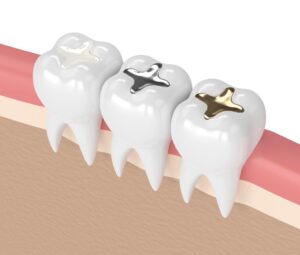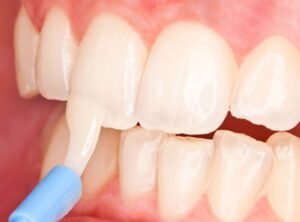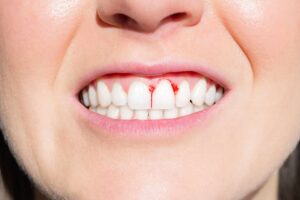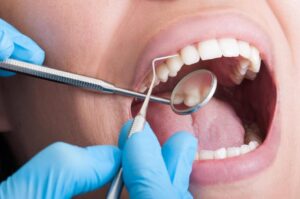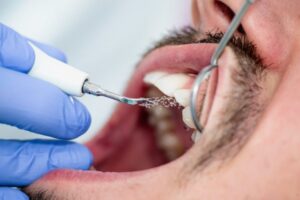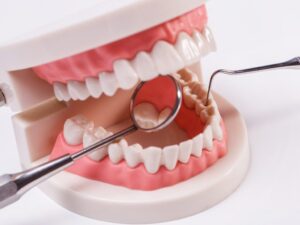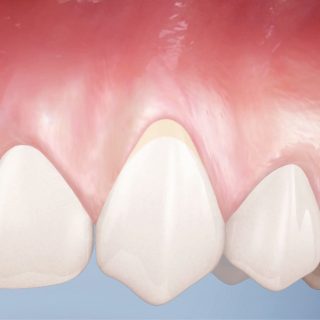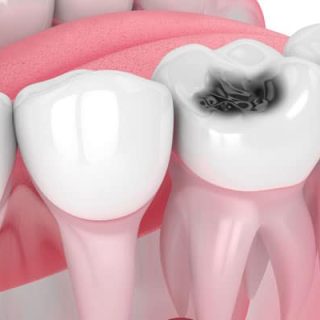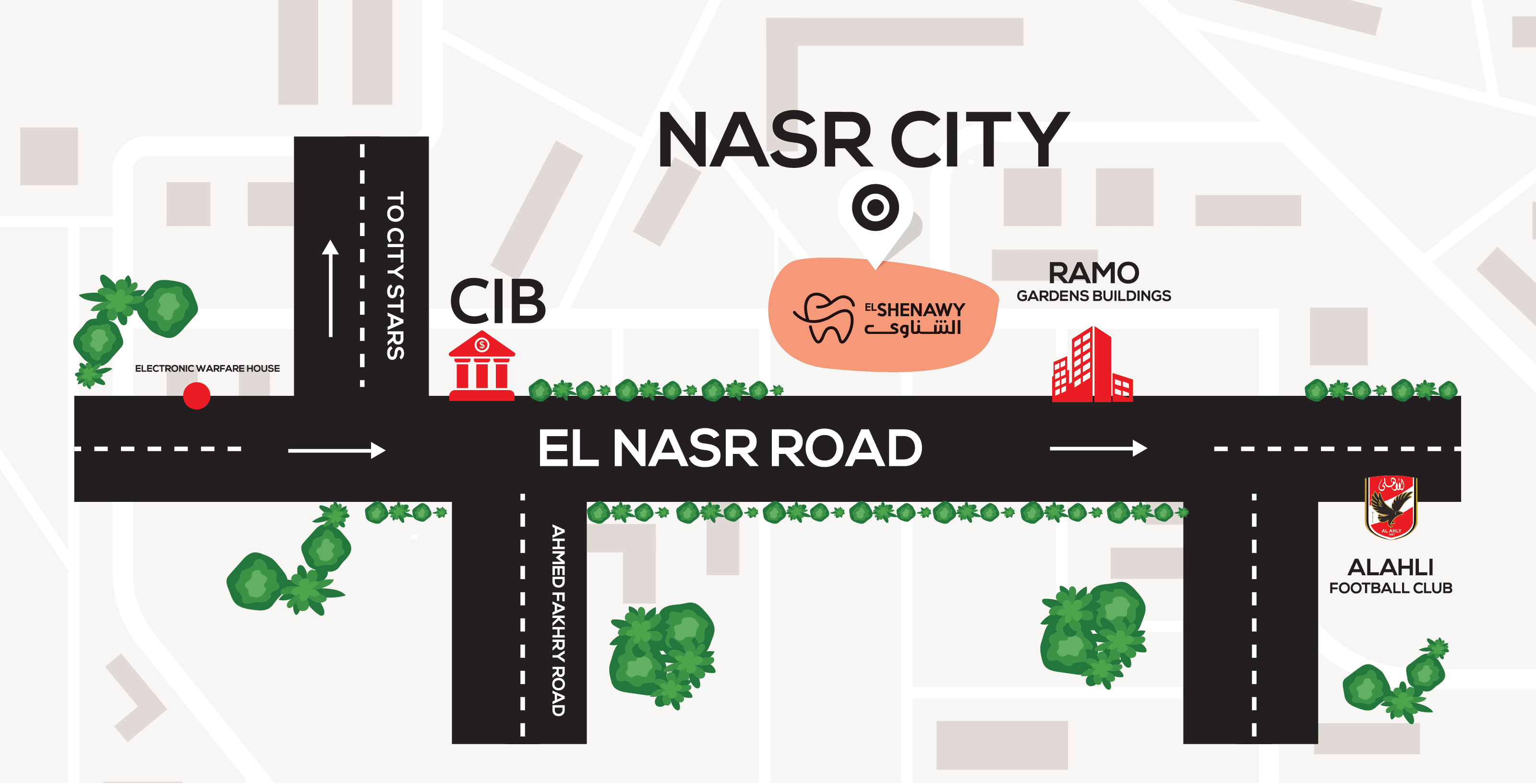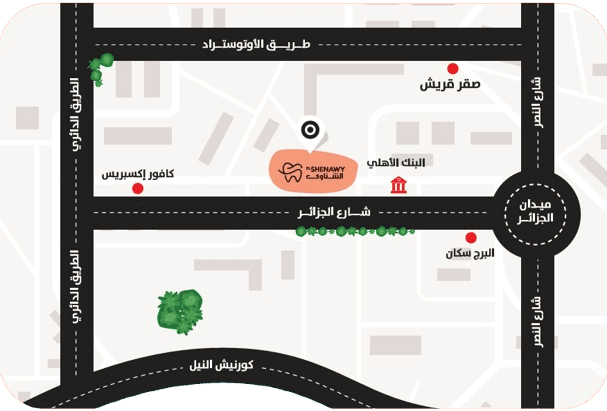For many patients with severe upper jaw bone loss, traditional dental implants may not be an option, especially when bone grafting or sinus lift procedures are required. This limitation has long left certain individuals without viable, long-lasting restorative solutions. However, advancements in implant dentistry have introduced innovative alternatives that overcome these barriers. Among these promising restorations comes zygomatic dental implants. This transformative approach brings renewed possibilities to patients who previously considered poor candidates for implant-supported restorations.
What are Zygomatic Dental Surgeries
Zygomatic implants are a specialized type of dental implant designed to anchor securely into the dense bone of the zygomatic arch, or cheekbone, rather than the upper jawbone. This innovative approach provides an effective solution for patients who suffer from significant bone loss in the upper jaw, reducing the need for invasive bone grafting or sinus lift surgeries that are often required with traditional implants. Because these implants are longer and placed at an angle into the sturdy cheekbone, they offer reliable stability where conventional implants cannot. This modern technique enables many patients, previously told they were not candidates for dental implants due to insufficient bone, to receive permanent, fixed upper dental restorations more quickly and comfortably than ever before.
Ideal candidates for a zygomatic implant
Zygomatic dental implants are especially beneficial for patients with severe upper jaw bone loss who have limited options for traditional dental implants. By anchoring into the dense cheekbone, these implants provide a stable foundation without the need for bone grafting, making the procedure less invasive and faster.
Ideal candidates typically include people who:
- Have experienced significant bone loss due to periodontal disease, trauma, or long-term denture wear.
- Are unable to receive standard implants because of insufficient bone density in the upper jaw.
- Require extensive restorative dental treatment that the current jawbone structure cannot adequately support.
Advantages of zygomatic dental implants
These implants offer a range of benefits that make them an excellent choice, especially for patients facing complex dental challenges and significant bone loss.
Key benefits:
- No bone grafting required: Eliminates the need for bone graft surgeries, reducing both treatment time and complexity.
- High success rates: Proven to be highly successful even in cases with severe upper jaw bone loss.
- Enhanced stability and strength: The thick zygomatic bone provides a solid foundation, ensuring long-term stability and function.
- Improved aesthetics: Results in natural-looking, beautiful smiles that restore confidence.
- Reduced treatment time: Immediate loading means patients can receive a full set of teeth in a single procedure, minimizing dental visits.
- Higher quality of life: Patients can enjoy a higher quality of life, with improved ability to eat, speak, and smile comfortably, making everyday activities more pleasant.
The difference between zygomatic & regular implants
While both zygomatic and traditional implants aim to restore missing teeth with durable, long-lasting results, they differ significantly in their design, placement, and patient suitability.
Key differences:
- Anchor location: Traditional implants are placed directly into the upper or lower jawbone. Unlike traditional implants, zygomatic surgeries secure the implant in the dense cheekbone, often avoiding the upper jawbone completely.
- Size and length: Zygomatic implants are significantly longer; they’re usually three to five times the length of standard implants, allowing them to reach the cheekbone from the mouth.
- Placement scope: Zygoma implants are primarily used to replace teeth in the upper jaw only, whereas traditional implants can restore teeth in both upper and lower jaws.
- Bone requirements: Traditional implants require sufficient jawbone density, often necessitating bone grafts or augmentation. Zygomatic procedures eliminate this need by utilizing the naturally dense cheekbone.
- Surgical complexity: Zygomatic implant placement is more complex and requires a highly skilled surgeon familiar with this advanced technique.
|
Feature |
Traditional Implants |
Zygomatic Implants |
|
Anchor Location |
Upper or lower jawbone |
Zygomatic (cheek) bone |
|
Size |
Standard length |
3–5 times longer |
|
Placement |
Upper and lower jaws |
Upper jaw only |
|
Bone Requirements |
Sufficient jawbone, may need grafting |
Utilizes dense cheekbone, no graft needed |
|
Surgical Complexity |
Less complex |
More complex, requires expertise |
Zygomatic vs. pterygoid implants
Zygomatic and pterygoid implants are both advanced solutions for patients with severe bone loss in the upper jaw, but they serve different purposes. Zygomatic implants are anchored into the cheekbone (zygoma) and are typically used when there is extensive bone loss across the entire upper jaw. They offer reliable support for full-arch restorations without requiring bone grafts. In contrast, pterygoid implants are anchored into the pterygoid process behind the upper jaw and are mainly used to support the back portion of the dental arch, particularly in the molar area. While both require surgical expertise, zygomatic implants focus on anterior and midface support, whereas pterygoid implants enhance posterior stability, often in combination with zygomatic or conventional implants.
What happens during a zygomatic implant surgery?
- Consultation & Treatment Planning: Your dentist will perform a full evaluation, including 3D imaging (like a CT scan), to assess your bone structure and determine the best approach. A personalized treatment plan is created.
- Surgical Implant Placement: On the day of the procedure, the implants are surgically inserted into the cheekbone (zygoma), avoiding the need for bone grafts.
- Immediate Loading (Temporary Teeth): Temporary restorations are commonly placed on the same day, providing immediate aesthetics and function.
- Final Restoration: A permanent, custom-made prosthesis that resembles and works like natural teeth is used to replace the temporary teeth after the healing process is finished.
El-shenawy clinics: full implant solutions for every case
At El-Shenawy Dental Centers, we believe that every smile deserves a custom solution. Our team of dental experts dedicates time to truly understand your oral health situation, your goals, and any concerns you might have. Whether you’re a candidate for zygomatic dental implants, pterygoid implants, or another advanced restoration, we provide clear guidance and comprehensive care tailored to your unique needs. With competitive dental implant prices starting from EGP 13,600 to EGP 19,800 per tooth, we’re committed to delivering the highest quality care from your first consultation to your final results.
Contact us today to book your visit and let us assess your case and help you restore your smile.
Frequently asked questions
- Are zygomatic surgeries safe?
Yes, these dental implants are regularly safe with high success rates.
- Is zygomatic implant surgery the right option for me?
This is determined after consulting your dentists to assess your jaw bone density and decide which implant is ideal for your case.




